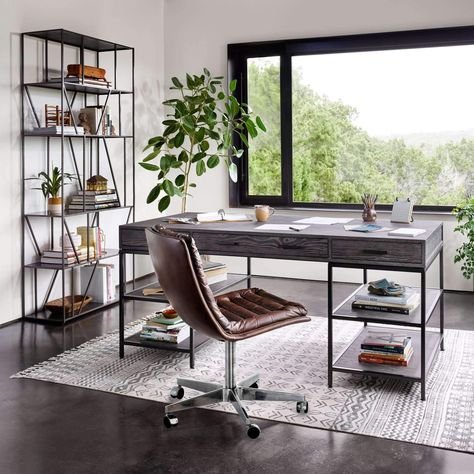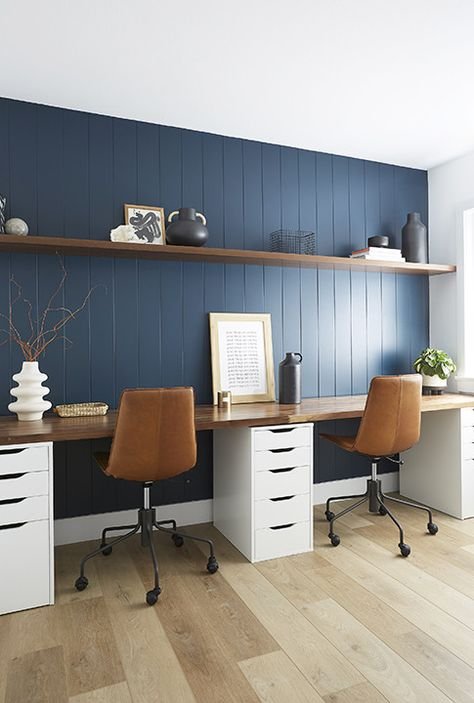The Golden Ratio (60/40 Rule)
If there is one design principal you can apply to almost any interior design project, the golden ratio is it.
The golden ratio uses the Fibonacci sequence (a series of numbers in which each number is the sum of the two that precede it) to explain why certain objects look so pleasing to the human eye. Also called the golden mean or golden number, the golden ratio consistently appears in nature — as many classic design principals do — such as in a blossoming flower, a swirl of a shell, and the proportions of the human body.
The super mathematical number is 1.618 but for our purposes the ratio of 60/40 works just fine.
Here are some practical applications:
With furnishings, fill 60% of your floor space with furniture and leave 40% open to strike the balance between complete and overcrowded.
60% furnishings and 40% empty floor space.
When adding accessories to a table or desk, no more than 40% should be covered. Similarly, pillows should not take up more than 40% of the total surface space.
60% of office desk covered and 40% left empty.
If your room has a two-color scheme, the dominant color should cover approximately 60% of the surfaces, while the secondary color should cover around 40% of the surfaces.
60% of office space in primary color (blue) and 40% in secondary color (tan).
If your room has a three-color scheme, 60% should be the dominant color, 30% whole be the secondary color, and 10% should be the tertiary color.
60% of office space in primary color (blue), 30% in secondary color (brown), and 10% in tertiary color (white).
When choosing wall art, pick a piece that’s either 60% or 40% the size of the wall space.
Wall art takes up 60% of wall space.
There are many more possible applications but you get the gist. No need to grab a ruler either — it doesn’t have to be exact to cause the lovely “pleasing to the eye” effect.
Choose one aspect of your workspace and play around with applying this ratio to it. Let me know how it goes!





